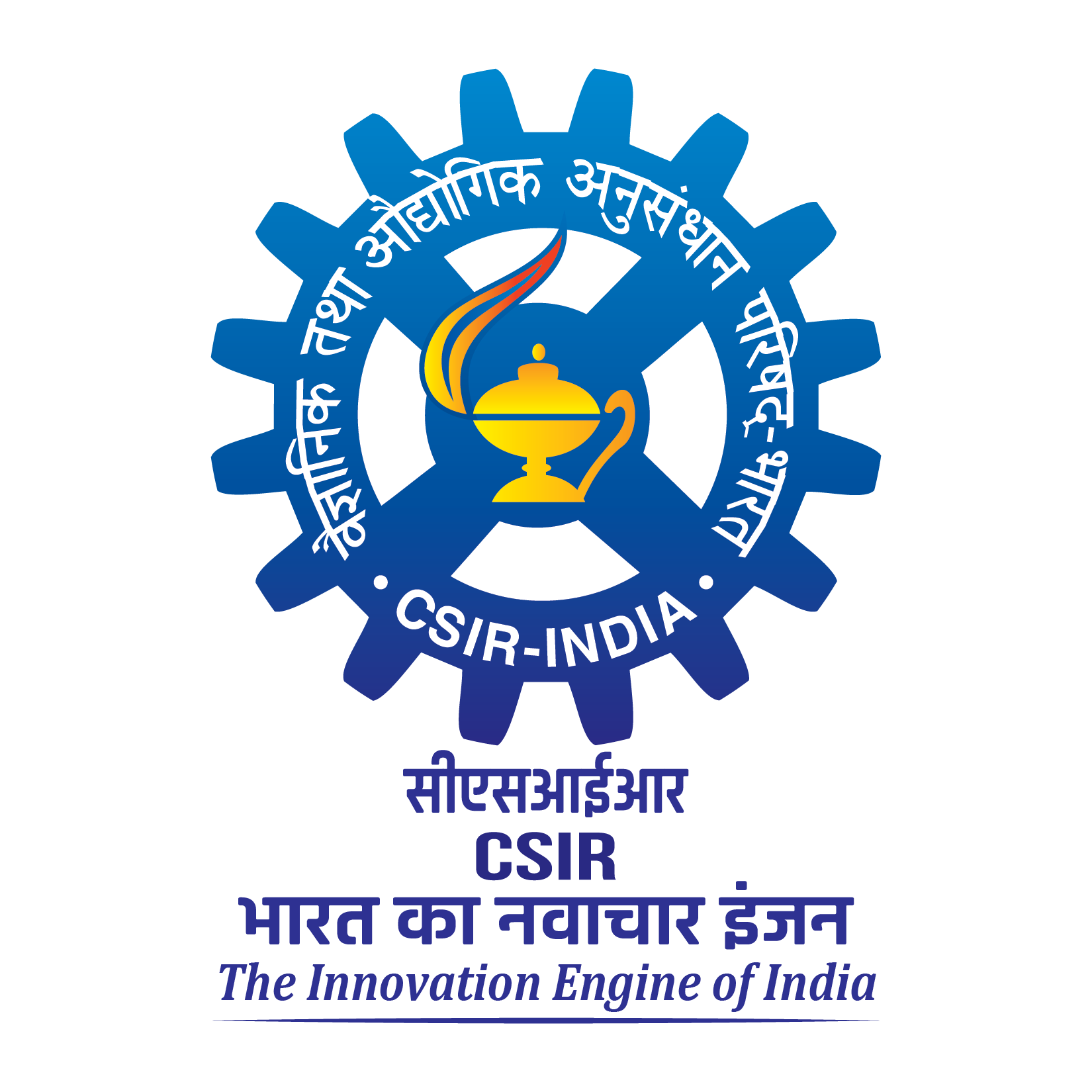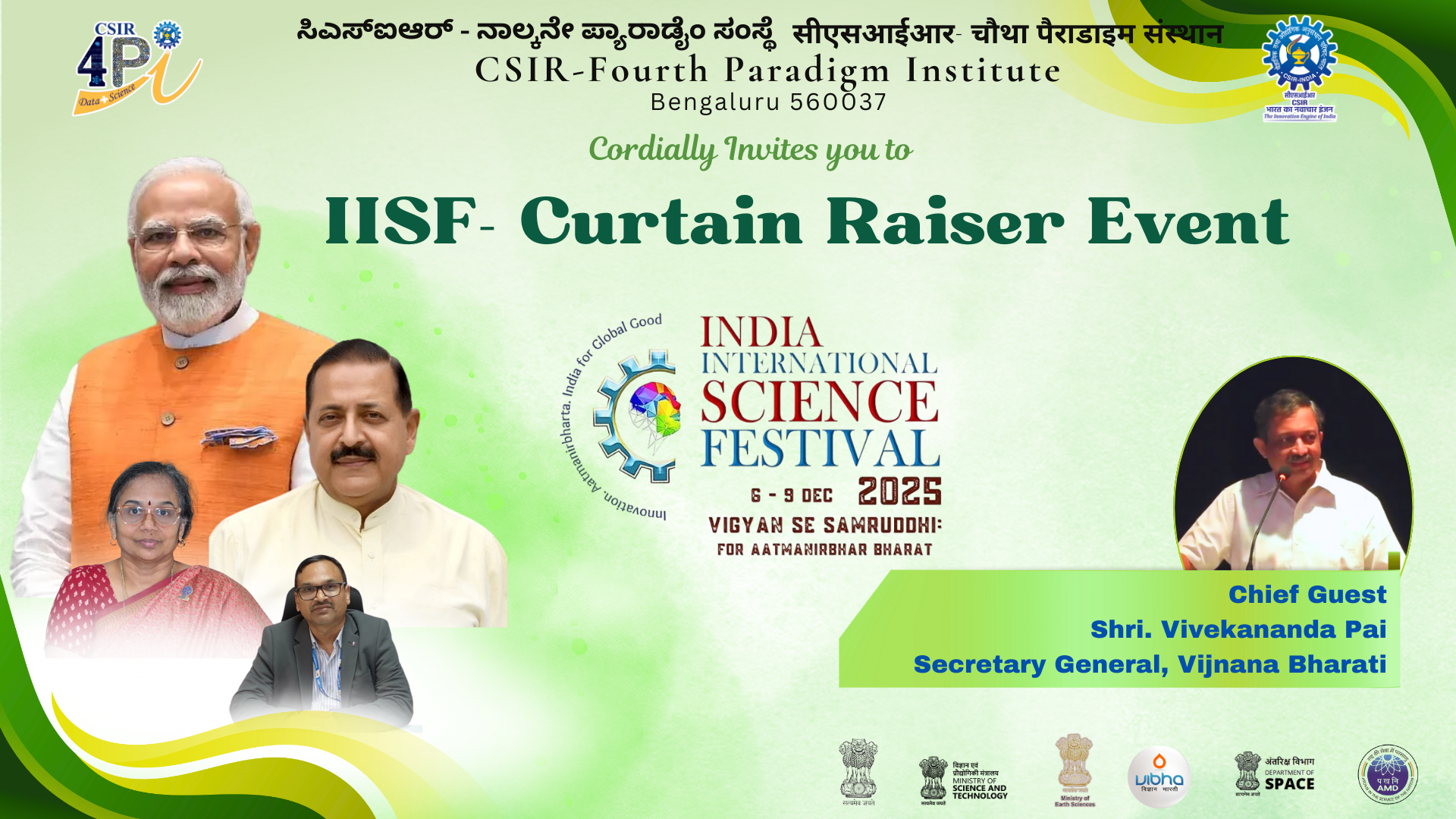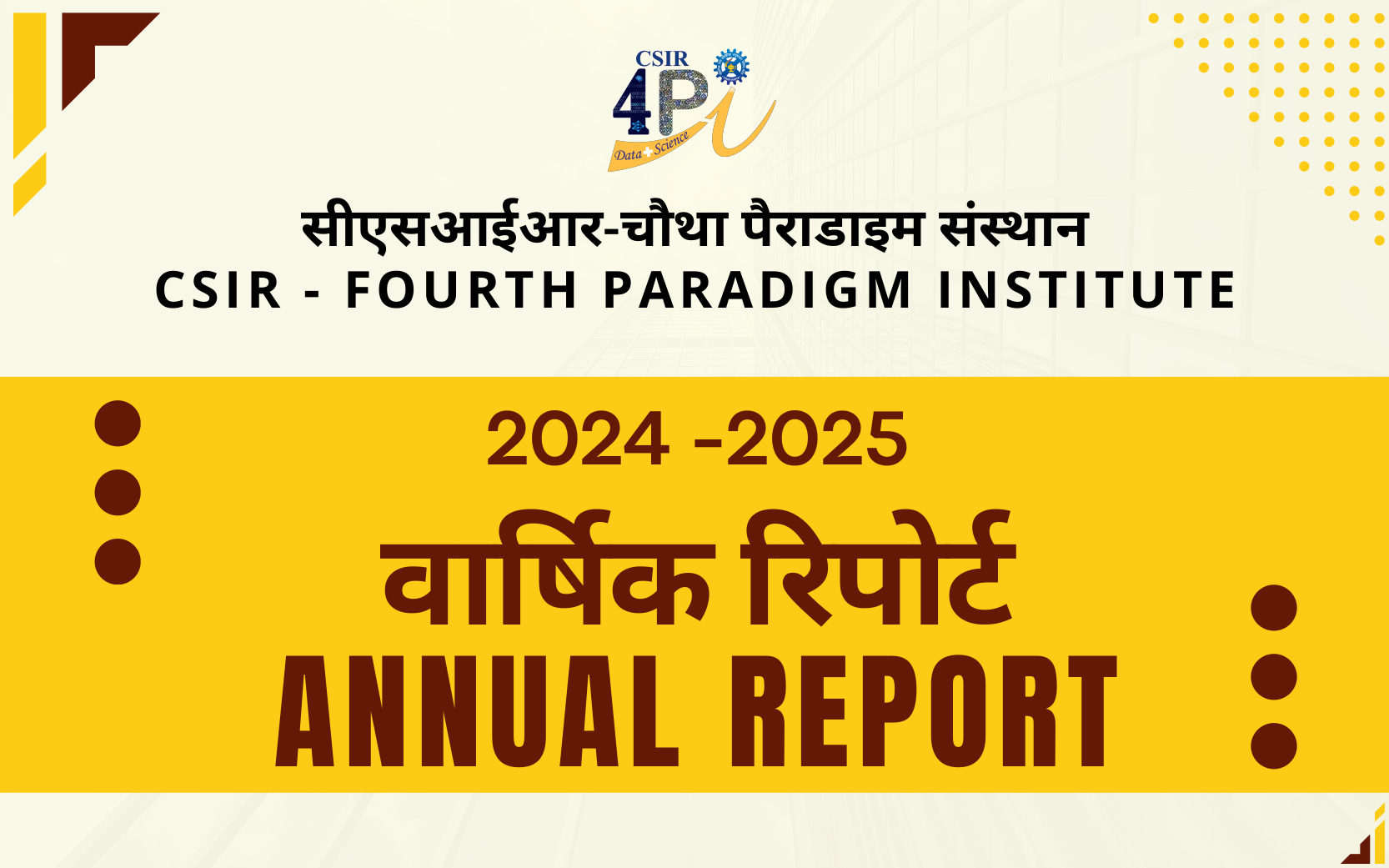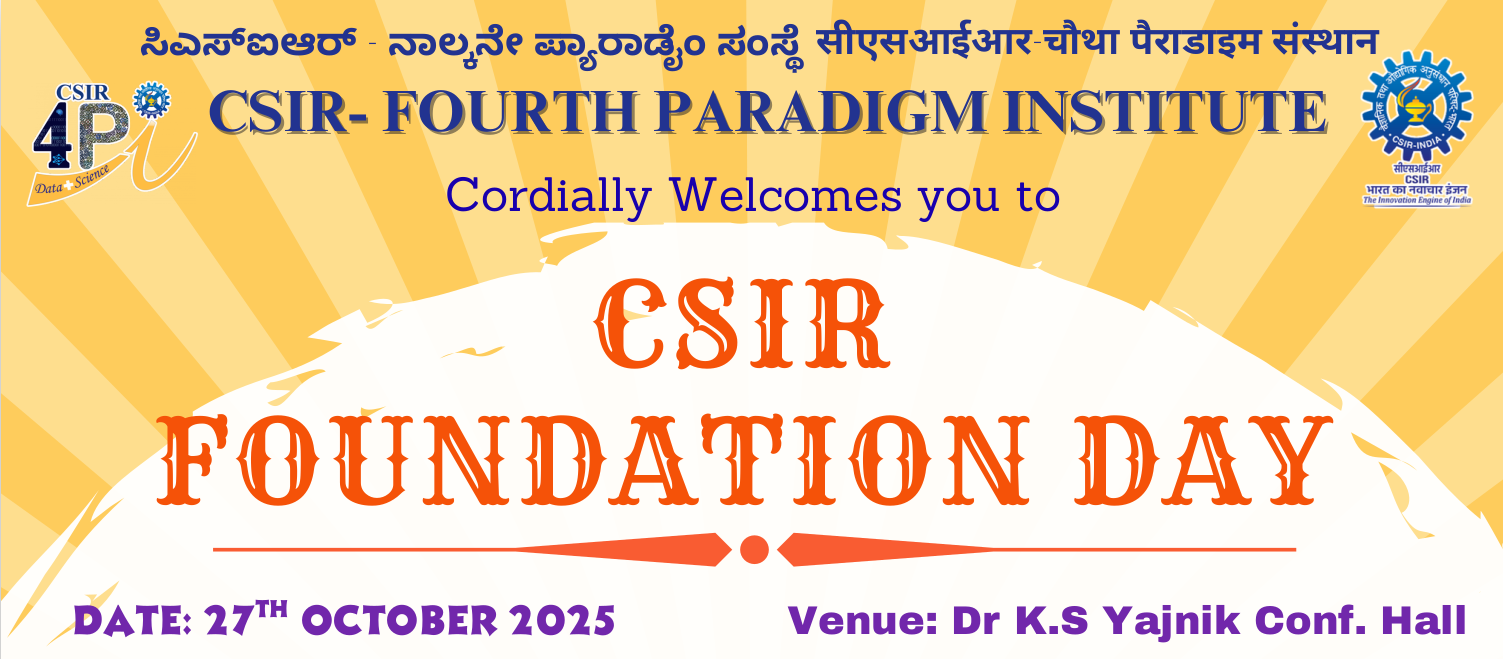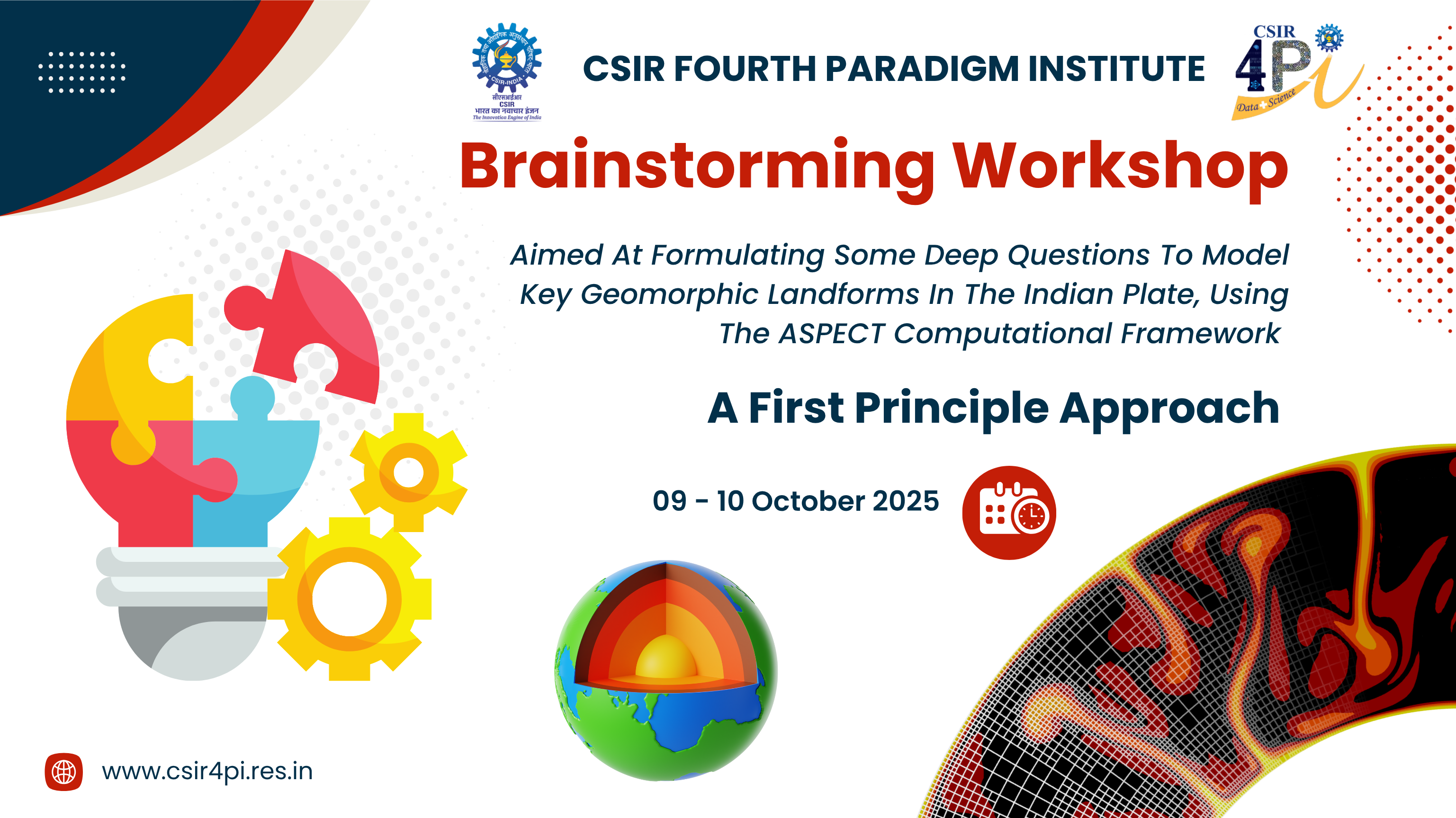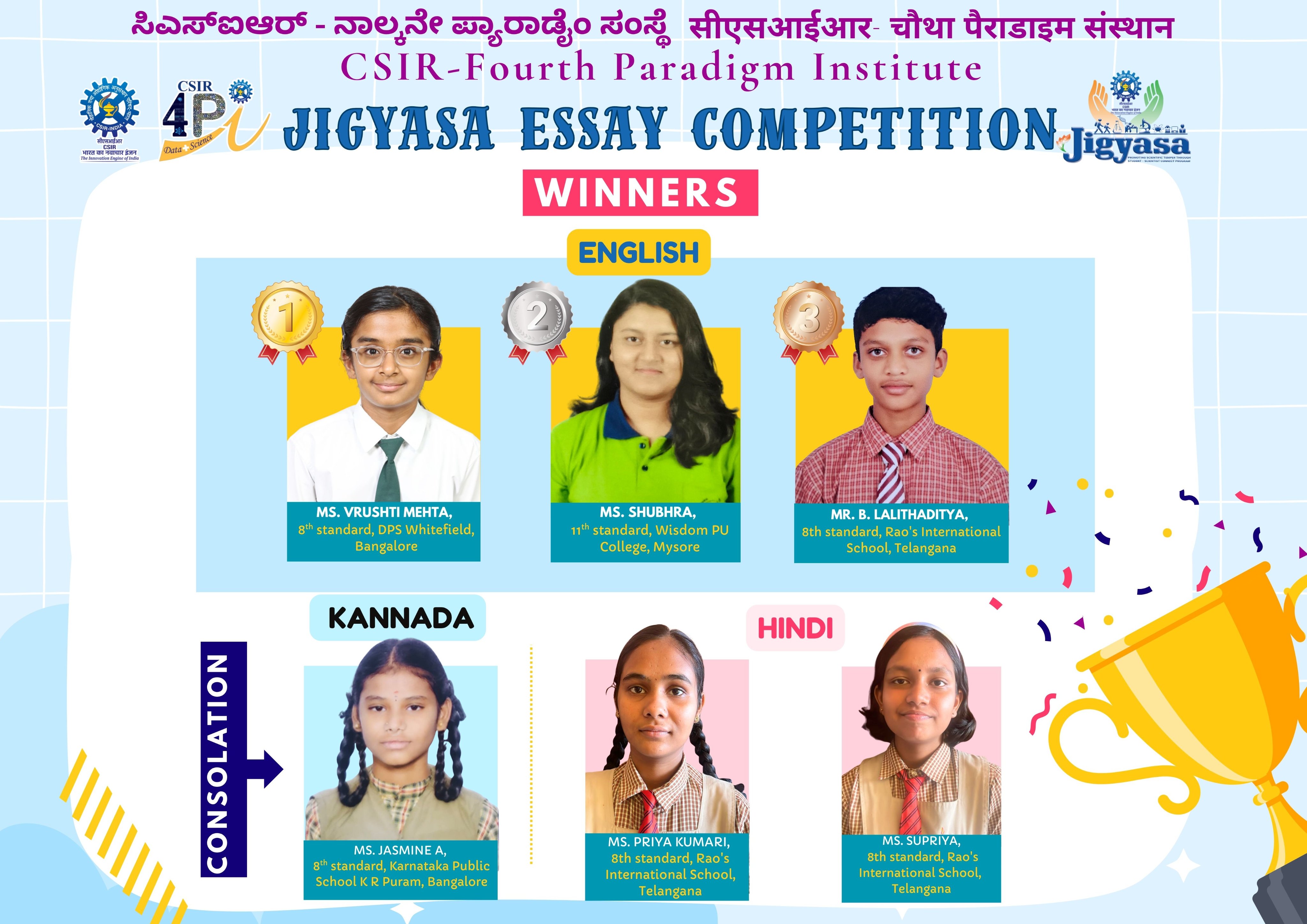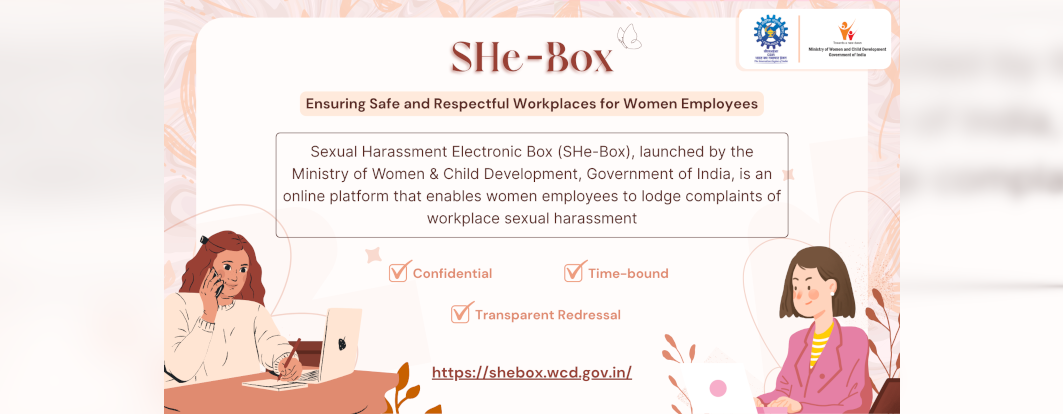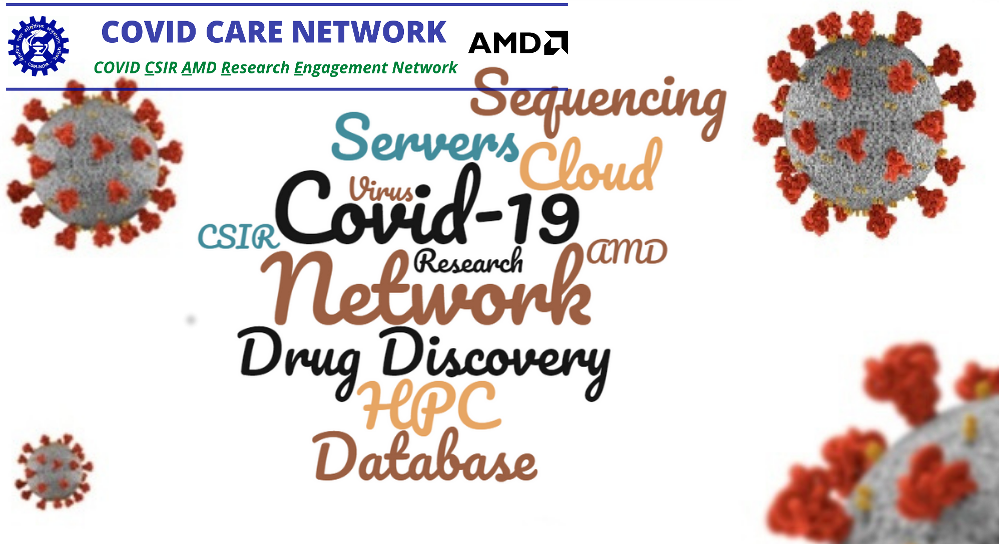Impact of land-use changes on the genesis and evolution of extreme rainfall event: a case study over Uttarakhand, India
by S K Sahoo, Ajilesh P P, K C Gouda & Himesh S
Abstract
This study is about the impact assessment of different land-use data sets on the simulation of an Extreme Rainfall Event (ERE) which is one of the unusually rare events that occurred between 14th to 18th of June 2013 over Uttarakhand in India. In this work, high-resolution (2-km), time ensemble simulations are carried out using Weather Research and Forecasting model (WRFV3.5) with a 3-nest configuration. The sensitivity analysis of the model in simulating rainfall to different land-use data i.e. USGS-24 category (1992–93), ISRO (2004–05) and (2012–13) are carried out. Comparison of simulated rainfall which is averaged over the study region with that of IMD observed station data (averaged over 23 stations) showed that the simulations based on ISRO land-use data are comparatively more accurate with lesser simulation error when compared to simulations with USGS land-use data. The percentage of error in rainfall for the 3 simulations was found to be 24% (USGS), 9.5% (ISRO-2005) and 10% (ISRO-2013) with respect to the IMD observation. During the initial stage, the results have shown maximum convergence and vorticity with a strong updraft. The strong updraft, however, persisted throughout the simulation period. The increasing tendency of positive vorticity both in the simulation and observation suggests an intensification of cyclonic circulation in a vertical direction and hence creates instability in the boundary layer causing ERE over Uttarakhand. This study shows that ISRO land-use data is a relatively more realistic representation of the study region than the USGS data, and found to be useful in reducing the model error in the simulation of such rare events over this kind of mountainous region.
Source: https://link.springer.com/article/10.1007/s00704-020-03129-z
